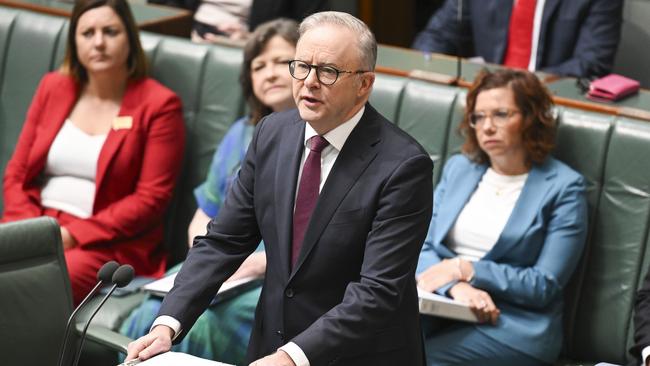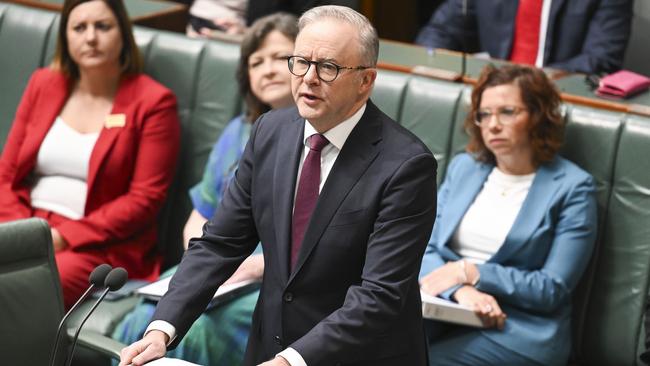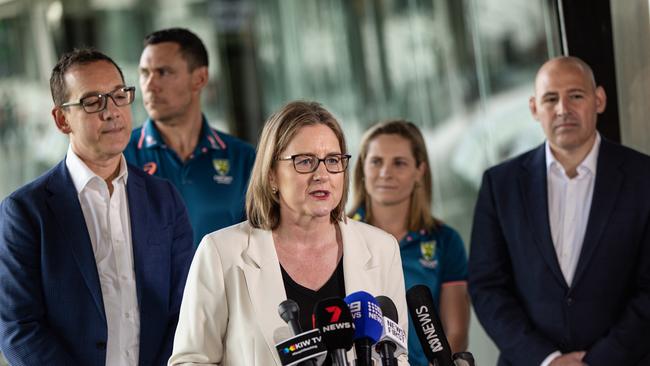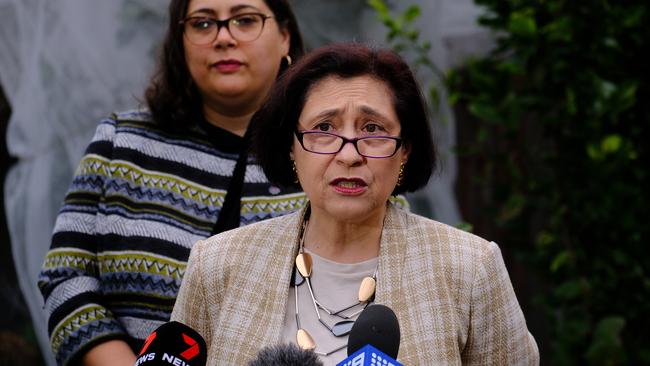
But, not all protests fail. Two of the most successful recent Australian protests involved food, and the community needs to be alert – wounded politicians are dangerous animals.
And to reinforce the determination of wounded politicians to defy communities, as I will explain below, the beleaguered Victorian government has unveiled unbelievable proposed legislation to drive up energy costs and reduce efficiency.
The actions of the rural communities to prevent destruction of their food producing capacity had none of the violence we saw in the defence protests. But, they have been remarkably successful in blocking the massive solar and wind “farms” and the high-cost transmission lines intended to bring power to the capital cities.
What the politicians should have done was put the solar panels on the roofs of factories and other capital city facilities, which would have been welcomed by communities and the returns generated would have helped the industries using the buildings.
However, it would have required alterations to the power network, albeit a lot cheaper than damaging our food industry and mobilising rural communities.
The biggest winners from the delay in solar/wind facilities on food producing areas have been Victoria’s brown coal power stations, which have been making vast sums as they generated power to cover solar and wind shortfalls in Victoria and even NSW.
But, the politicians intent on a particular policy – in this case a renewables target – rarely admit mistakes. Earlier this week, I described how in Canberra, incredible power subsidies are being devised via a schemer called the “Capacity Investment Scheme”.

Investors lucky enough to have their schemes selected will make enjoy a “no-loss high-profit proposition” which will be paid for either by big subsidies or higher power prices. But two states are looking to go one step further
Victorian and NSW governments have both worked out they can avoid the farmers’ anger by erecting giant windmills offshore.
The NSW project is a long way off, but Victorian is coming close to decision-making. And when it comes to making state-destructive decisions, Victoria’s government is second to none.
Current estimates are wind power generated in the Bass Strait will require a $3bn-$5bn annual subsidy to meet market costs, and the subsidy will escalate over the 15 to 20-year contract.
The Victorian government can’t afford this subsidy, so its residents will have the subsidy added to their power bills.

Why is Bass Strait wind power so much more costly than other renewable projects and nuclear?
Like most renewable projects, the daily cost of producing the electricity is a minor consideration. The high Bass Strait cost is created by the enormous outlays for the giant windmills and transmission facilities which must be erected. These will be financed by corporate financiers who will demand high rates of return as well, making sure their capital is repaid at the end of the facilities’ life. It’s all about capital costs, not running costs.
Offshore wind project capital costs have risen dramatically because the companies making the large equipment are servicing big demand in Europe, which pushed up prices.
Two forces cause the Bass Strait project to deliver some of the highest cost power in the world. To be economic, very large facilities must be installed – probably equal to three to four brown coal power stations. This is the European pattern.
But, the Victorian facility will produce power which approximates only one brown coal power station, so the large base facilities required, irrespective of the number of windmills, become very costly.
Bass Strait is a very windy place and when the wind blows too hard the power generation has to be shut down because the facilities may be damaged. Accordingly, reliability of supply is endangered by both calm and stormy periods. A huge investment in backup is required for these periods.
Victoria’s finances are on the brink. This may break them.
There is another food-related protest which at first looked to successful but it was a public relations stunt by wounded politicians aiming for Green votes at any community cost.
Victoria’s Energy Minister Lily D’Ambrosio is of course the architect of the disaster wind project. But she also thought Victorians should not use gas to cook.

And so she began to rip gas cookers out of homes and replace them with what will be incredibly high cost power. But, many households like cooking with gas and didn’t like D’Ambrosio’s recipe. Their hostility actually reached the government and the new Premier, Jacinta Allan, whose popularity is falling sharply, reversed D’Ambrosio’s policy.
Victorian homes are now allowed to keep their gas cookers.
The government received lots of favourable publicity. But it was a wounded politician’s sting.
Around a week later, the Premier introduced new legislation that gives the government the power to ban or extend reticulated gas connections and ban the installation or replacement of gas appliances including cooktops.
If the Allan bill is passed the Victorian government will be able to enforce gas appliance bans for every new and existing home.
By introducing this legislation the Premier not only supports her energy minister’s original “ban the cookers stance” but will discourage investing in the network of pipes with the apparent aim of destroying it. And this naturally will be devastating to industry, as well as those who want to cook with gas.
As part of the smokescreen to hide the real gas policy, the Premier announced that Bass Strait undersea areas would be used to store gas. But there are no signs Victoria’s immense onshore gas reserves, which do not require fracking, will be developed. There is no point in developing these reserves when the pipeline network is being put in jeopardy.
Yet development of the low-cost reserves would enable large areas of Victorian industry to survive and enable a gas-fired power station to replace at least one of the ageing brown coal stations.
The huge carbon emissions the Victorian government’s policies have foisted on the atmosphere would be slashed.
But such a decision would cost ALP seats to the Greens. Allan and D’Ambrosio will not allow it to happen, so Victorians – and the atmosphere – must pay.






The violent protests on the streets of Melbourne didn’t work. The vital defence conference went ahead as planned.